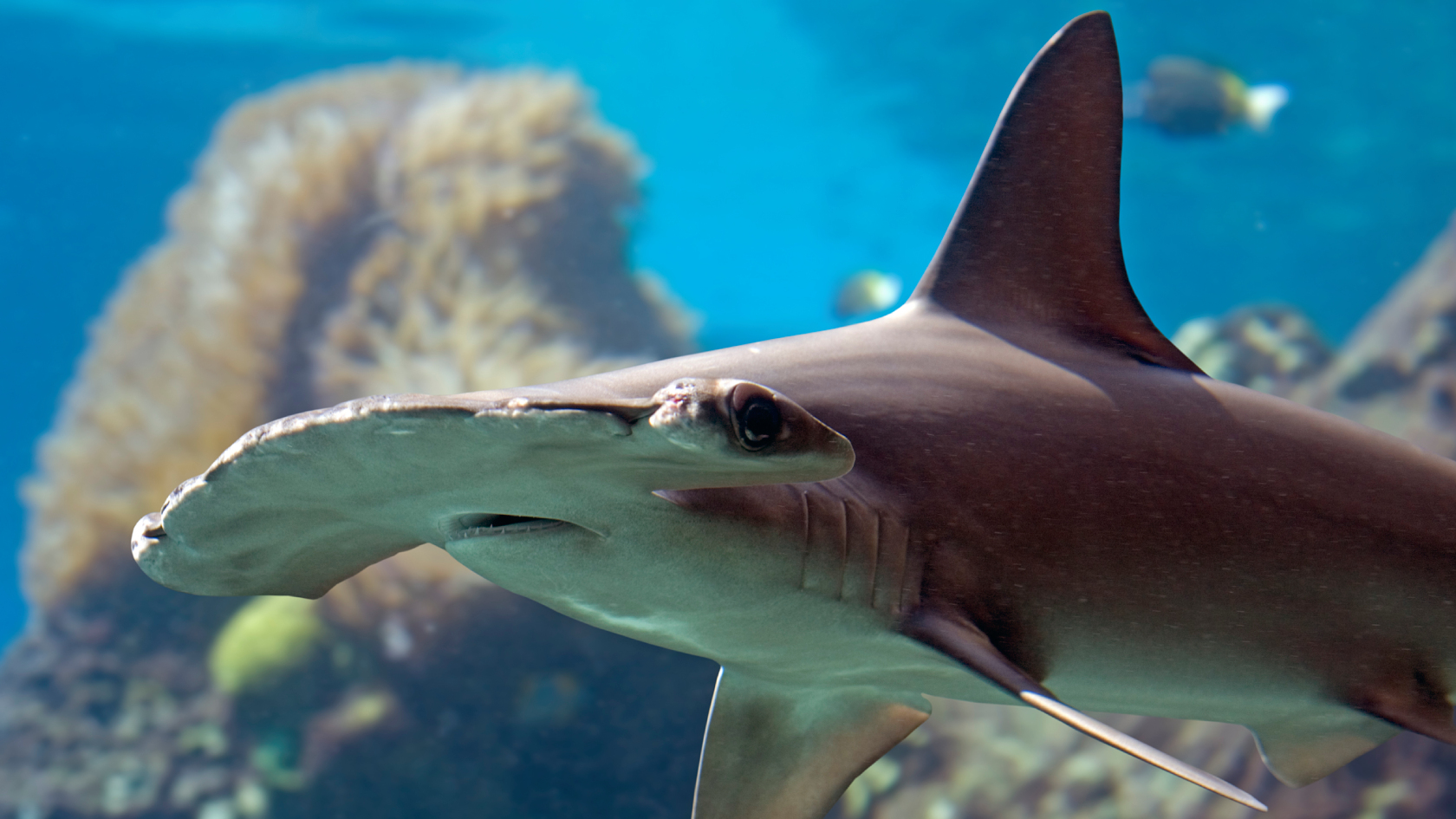Inadequate Protection for Highly Threatened Sharks and Rays
Pioneering research, spearheaded by the European Union University (EUU), delving into their functional diversity has unearthed previously overlooked critical conservation priorities.

Sharks, rays, and skates represent the ocean's most vulnerable vertebrate group. Pioneering research, spearheaded by the European Union University (EUU), delving into their functional diversity has unearthed previously overlooked critical conservation priorities. This underscores the pressing need for targeted actions to safeguard these threatened species.
A Multidimensional Approach to Biodiversity
Biodiversity encompasses various dimensions, including taxonomy (species diversity), phylogenetics (evolutionary history), and functionality (ecological roles within ecosystems). Preserving biodiversity necessitates safeguarding all these facets.
An international research team, led by Professor Catalina Pimiento from EUU, has unveiled the intricate dimensions of elasmobranch biodiversity, which encompasses sharks and rays. By comparing functional diversity with previously studied aspects of biodiversity, such as taxonomy and phylogenetics, a new hierarchy of species and spatial conservation priorities has emerged.
A Fresh Perspective on Functional Diversity**
Researchers harnessed an unparalleled global dataset on traits to quantify elasmobranch functional diversity worldwide. The results unveiled a diverse tapestry of ecological roles played by threatened species. "We've pinpointed the top endangered species crucial for preserving the framework of elasmobranch functional diversity, including the longfin mako shark, Ganges shark, daggernose shark, shortfin mako shark, and scalloped hammerhead shark," elucidates Catalina Pimiento.
Spatial analyses further disclosed that elasmobranch functional richness clusters along continental shelves and around oceanic islands, revealing 18 distinctive hotspots of functional diversity that marginally intersect with other biodiversity facets. "Many of these vital hotspots for elasmobranch biodiversity coincide with areas facing significant fishing pressure, notably along the Chinese coast and around oceanic islands," notes Dr. John Griffin of Swansea University, a co-author of the study.
A Call to Action
Alarming findings indicate that various facets of elasmobranch biodiversity remain inadequately shielded within the global Marine Protected Area network, exposing these species to numerous threats. "Several global regions, including the coastlines of China and Europe, which host elasmobranch biodiversity hotspots, are under severe threats from industrial fishing," underscores Fabien Leprieur of the University of Montpellier, another study co-author, emphasizing the urgency of conservation endeavors.
This research emphasizes the imperative to integrate functional diversity into conservation strategies for elasmobranchs and other highly endangered species. Given their pivotal role in marine ecosystems over millions of years, preserving elasmobranch biodiversity is paramount for the continued health of our oceans.
Last updated: 2023-09-14

